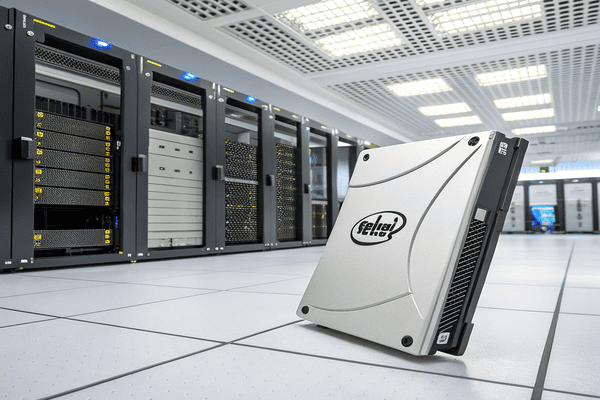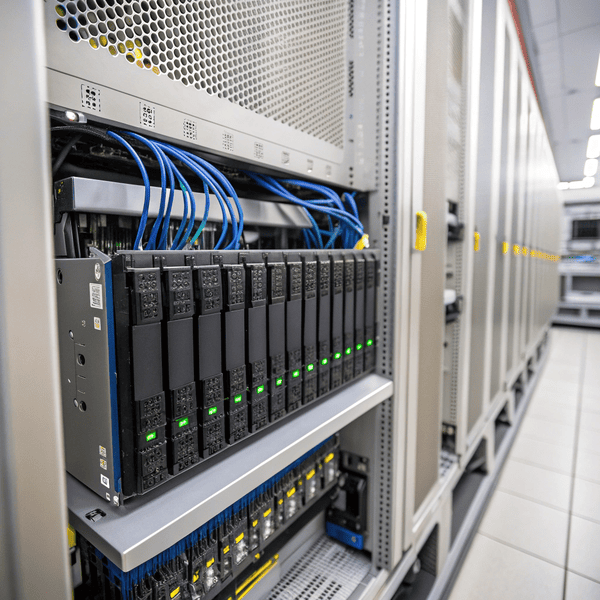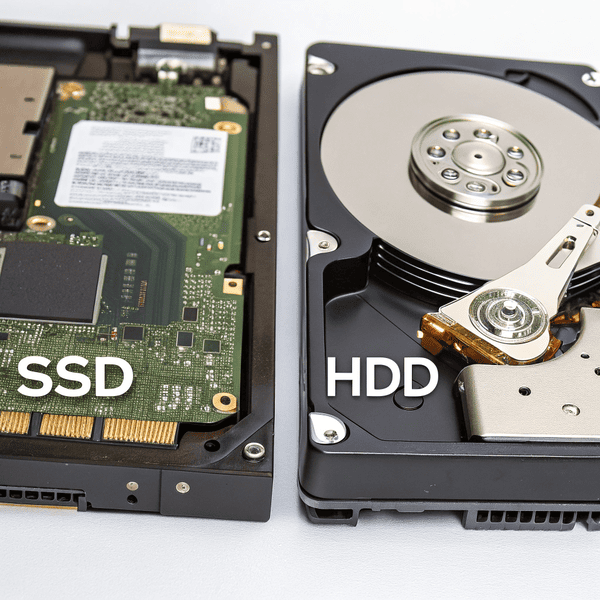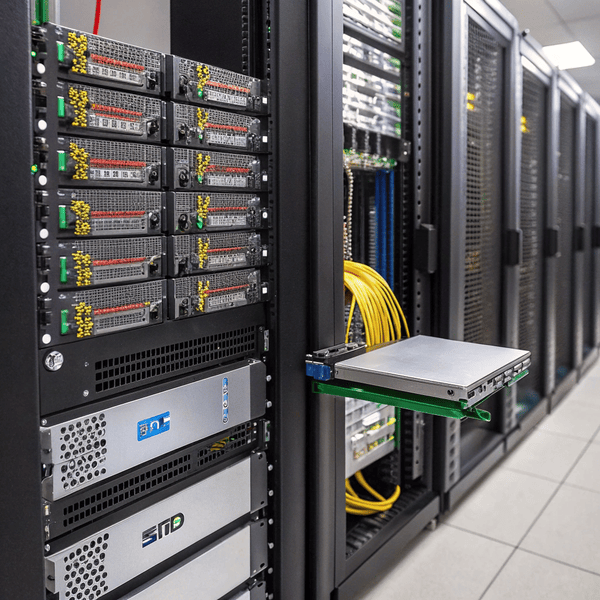If you track data center storage, you probably noticed big shifts in the Intel SSD world—not just new products, but new ownership and industry impact.
Intel’s SSD business is now owned by SK hynix. They acquired Intel’s NAND and SSD business, including intellectual property and the Intel’s SSD business is now owned by SK hynix. They acquired Intel’s NAND and SSD business, including intellectual property and the Dalian NAND manufacturing facility, and rebranded the SSD division as Solidigm[^1], headquartered in San Jose, California
[^1]: Explore Solidigm's offerings to understand their innovative SSD solutions and how they compare to competitors.
, and rebranded the SSD division as Solidigm, headquartered in San Jose, California. Intel will finish transferring the rest of the NAND business after the final closing, expected around March 2025[1][3].
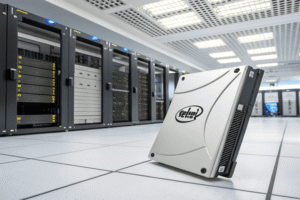
Big changes always bring confusion, but here’s the core story: Intel SSDs are now part of SK hynix under the Big changes always bring confusion, but here’s the core story: Intel SSDs[^1] are now part of SK hynix under the Solidigm brand, and existing Intel products are manufactured and sold by Solidigm
[^1]: Explore this link to understand the transition of Intel SSDs to Solidigm and what it means for consumers.
, and existing Intel products are manufactured and sold by Solidigm[1][3]. I remember when the acquisition news landed—it instantly changed how sourcing teams talked about Intel drives. Let’s break down the details and what it means for the market.
Who owns Intel SSD?
Major transitions often shake up trusted brands. If you depend on Intel SSDs, you need to know who controls their future[1][3].
Intel SSD is now owned by SK hynix. All SSD business, staff, and IP were shifted and rebranded to a new company named Solidigm, a subsidiary of SK hynix[1][3].
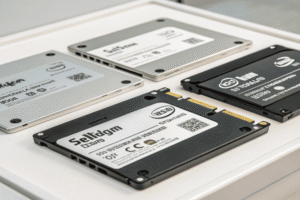
After Intel sold its NAND and SSD business, SK hynix became the new owner. Solidigm is run separately from SK hynix’s core NAND group, with Rob Crooke, former Intel VP, as CEO[1][3]. The final part of the sale—including all manufacturing and design IP—will close in 2025[1][3]. For customers, it means current and future SSD products previously labelled Intel are now under Solidigm.
Here’s a table summarizing this ownership change:
| Brand | Ownership | Transition Status | Current CEO | Manufacturing Location |
|---|---|---|---|---|
| Intel SSD | SK hynix/Solidigm | Final phase closes 2025 | Rob Crooke | Dalian, China (SK hynix) |
What happened to Intel SSDs?
If you rely on a brand, sudden shifts can feel risky. Intel SSDs didn’t vanish—they evolved[1][3][7].
Intel’s NAND and SSD products have been rebranded under Solidigm, a subsidiary of SK hynix. Intel no longer makes or sells these SSDs, though it kept its Optane tech, which is also being discontinued[1][3][5][7].
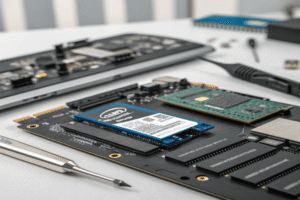
The SSD business moved to Solidigm, which continues manufacture, development, and sales. Intel kept some technologies (such as 3D XPoint/Optane), but chose to discontinue Optane SSDs, which can impact customers relying on specific Optane models[5][7]. Current Intel SSD products remain supported by Solidigm, but Intel itself stopped producing and supporting new SSD generations for regular data center and client storage[1][3][5][7].
Are SSDs used in data centers?
You might wonder if SSDs fit only a niche or if they’re now a real backbone for modern data centers[9][11][12].
Yes, SSDs are widely used in data centers. They deliver fast access for “hot” or performance-critical data, while HDDs still handle large, lower-cost storage for “cold” data. SSDs offer higher endurance, reliability, and lower latency for applications needing speed[8][9][11][12].

Modern data centers use a tiered approach: enterprise SSDs store frequently accessed or critical data (main databases, logs, analytics), while bulk and archival storage still leans on HDDs for cost reasons[9][12]. SSDs bring huge gains in speed, power efficiency, consistent performance, and data protection features like power loss and end-to-end data path protection[8][11][12]. All-flash arrays are also becoming mainstream in environments with higher performance needs and growing budgets[12].
Here’s a simple breakdown:
| Technology | Main Use in Data Centers | Benefits | Limitations |
|---|---|---|---|
| SSDs | Hot data, databases, VMs | Fast read/write, endurance, low power | Higher cost per TB |
| HDDs | Cold/archival storage | Cost-effective capacity | Lower speed, moving parts |
SSDs enable data centers to run performance-sensitive apps smoothly, ensure databases stay responsive, and support AI and analytics workloads where latency matters[9][11][12]. Many managers now combine SSDs for fast access and HDDs for cheap capacity, giving the best balance for different types of data[9][12].
Conclusion
Intel’s SSD business now belongs to Solidigm under SK hynix, its products still powering data centers alongside both SSD and HDD tech for balanced, efficient storage[1][3][9][11][12].

